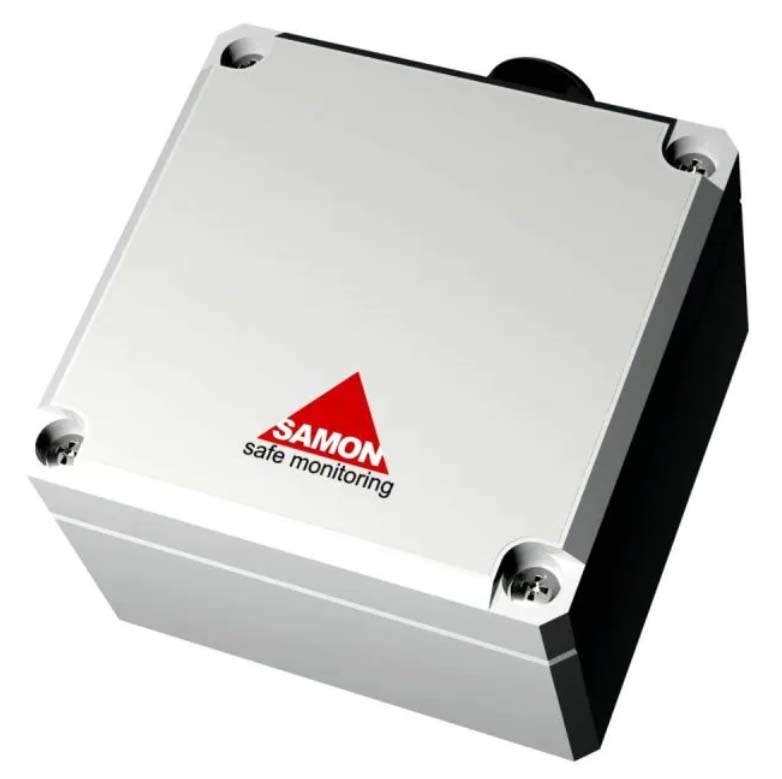Carbon monoxide (CO) is a colorless, odorless gas that results from burning fossil fuels, such as in furnaces, water heaters, and gas kitchen ranges.
It’s also a poison that can sicken and kill, and although most fossil fuel appliances are adequately vented, a cracked furnace heat exchanger, a deteriorated exhaust system, an animal that found its way into exhaust piping, or any number of other issues could cause dangerous amounts of CO to build up in a home or workplace.
According to the Centers for Disease Control (CDC), accidental CO poisoning is the cause of approximately 50,000 emergency room visits and more than 400 deaths each year in the U.S. Acute CO poisoning is the most common cause of poisoning and poisoning-related death in the U.S., according to the National Institutes of Health (NIH).
The Consumer Product Safety Commission (CPSC) says that most people won’t notice symptoms when exposed to CO levels of less than 70 ppm, even for prolonged periods, although those with heart conditions may experience increased chest pain. At levels above 70 ppm, headaches, nausea, and fatigue are common symptoms. CO becomes more dangerous, and even deadly, at sustained levels of 150 ppm or greater, the CPSC says.
Children, pregnant women, the elderly, the immunocompromised, and pets are more at risk for CO poisoning, according to the National Carbon Monoxide Awareness Association (NCMAA).
Respiro CO/PRO
President, Respiro LLC
We’ve all heard of plug-in or battery-powered CO detectors, which the CDC recommends. But technology is taking CO protection to the next level, as some detection devices can not only trigger alarms, but can open dampers and turn on exhaust fans, or even shut down the equipment producing the emissions.
Respiro LLC is a new, Wyoming-based company that’s just brought a residential CO safety switch, the CO/PRO, to market. The C0/PRO can detect CO inside HVAC supply ducts as well as in the ambient air, and will shut off the gas-producing equipment to which it’s connected — a furnace, water heater, or boiler, for example — once the CO level reaches 25 ppm. That’s a far lower level than the point at which the typical household CO alarm is activated.
“We want to take the action first to protect people, and then inform them of the problem” rather than simply sounding an alarm, said Mike Koch, the president of Respiro.
The CO/PRO employs patented technology and takes action within 90 seconds of detecting CO at 25 ppm. It has visual and audible alarms to alert users when it’s been triggered, and has an electrochemical gas-detection sensor that lasts up to seven years.
“We’re not looking to replace the existing carbon monoxide detector,” Koch said. “What we’re doing is adding a new type of protection.”
The CO/PRO, Koch said, may be especially important in an era when more people are working from home.
“As people are spending more time in their home, proactively shutting off sources that are producing rising levels of CO gas helps deliver increased safety and indoor air quality to everyone,” he said.
Koch said Respiro has plans to soon introduce a similar CO safety switch for commercial and industrial use.

AUTOMATIC CONTROL: The programmable aSENSE MIII, from Senseair, detects both carbon monoxide (CO) and carbon dioxide (CO2) and can be used be used to control exhaust fans and dampers as well as activate alarms. (Courtesy of Senseair)

CO GAS GAUGE: Samon’s TR-EC-CO measures concentrations of carbon monoxide (CO) between 0 and 300 ppm. (Courtesy of Samon)
Senseair aSENSE MIII
Senseair AB, a Swedish company, offers the aSENSE MIII, which detects both CO and carbon dioxide (CO2) and can be used to control dampers and exhaust fans as well as generate alarms. Designed for larger spaces such as parking garages, truck terminals, and tunnels, the aSENSE MIII can be used in demand-controlled ventilation systems, which can result in energy savings.
The aSENSE MIII is programmable and can be set to detect CO at levels between 0 and 100 ppm and CO2 at levels between 0 and 3,000 ppm. It has a built-in data recorder to log trends, a life expectancy of at least five years, and uses non-dispersive infrared gas-detection technology.
Samon TR-EC-CO
The TR-EC-CO from Samon, also a Swedish company, is a sensor that measures concentrations of CO in a given area and is also designed for use in parking garages, tunnels, and similar facilities.
The TR-EC-CO uses electrochemical technology to detect CO at levels between 0 and 300 ppm. The sensor has a life expectancy of about six years, and provides a linear output signal proportional to the concentration of CO detected.







